With a concerted effort to indigenise both electric car powertrain and battery pack assembly, the Indian automotive industry can produce a 5.7% higher value addition under a “30% electric car sales” scenario, according to an independent study by the Council on Energy, Environment and Water (CEEW).
In order to tap into this potential, India must augment capacity in manufacturing electronics and electrical components. This would also enable it to retain its export share, given a global shift towards electric mobility.
The study, supported by the Shakti Sustainable Energy Foundation, assesses the future course of the auto industry by comparing a scenario with 30% electric car sales in 2030 against a business-as-usual scenario with limited EV penetration. It was released by NITI Aayog CEO Amitabh Kant at CEEW’s dialogue ‘Urban Mobility and Electric Vehicle Transition in India’.
Sharing that the initial cost of EVs is likely to be on par with internal combustion engine (ICE) powered vehicles in 3-4 years, Amitabh Kant said: “For India’s auto industry to stay competitive worldwide in the coming decade, we must make India a global centre for manufacturing of electric two-wheelers, three-wheelers, and compact cars. Innovations in battery manufacturing and setting up giga factories in the country will also be crucial.”
Karthik Ganesan, Research Fellow, CEEW, said, “Indigenisation is key to ensuring that the EVs transition generates a higher value add by enabling OEMs to build more cost competitive products. Since India does not have official targets for EV penetration at present, there is a delay in investments and hesitancy in developing full-fledged supply chains. Policy interventions that improve the attractiveness of electric cars vis-a-vis ICE cars, targeting both supply and demand, are urgently needed if EV targets are to be pursued for 2030.”
The CEEW study also finds that importing battery cells for EVs would help drive a more favourable trade balance when compared to importing crude oil for ICE cars sold in 2030. The import burden per ICE car is 4.1 times higher for private vehicles and 5.7 times higher for commercial vehicles than the import burden of an EV over its lifetime, considering oil and cell imports, respectively.
In addition, for India, the in-use CO2 emissions per electric car are 2-16% lower than of an equivalent ICE car over its lifetime. This highlights the climate benefits of an EV transition in India.
Looking at the trinity of jobs, growth, and sustainability, the study estimates that jobs in internal combustion engine (ICE) manufacturing would increase by 7% between 2018 and 2030, even if India were to achieve 30% EV sales during this period. However, this would be 20-25% lower than the number of jobs supported if the industry were to only produce ICE vehicles.
Further, the auto industry would require creating a trained workforce in the country to achieve a successful transition to EVs. Hence, reskilling along with vocational training would be critical to achieving the EV sales target.
This content is protected by copyright and may not be reused. If you want to cooperate with us and would like to reuse some of our content, please contact: editors@pv-magazine.com.
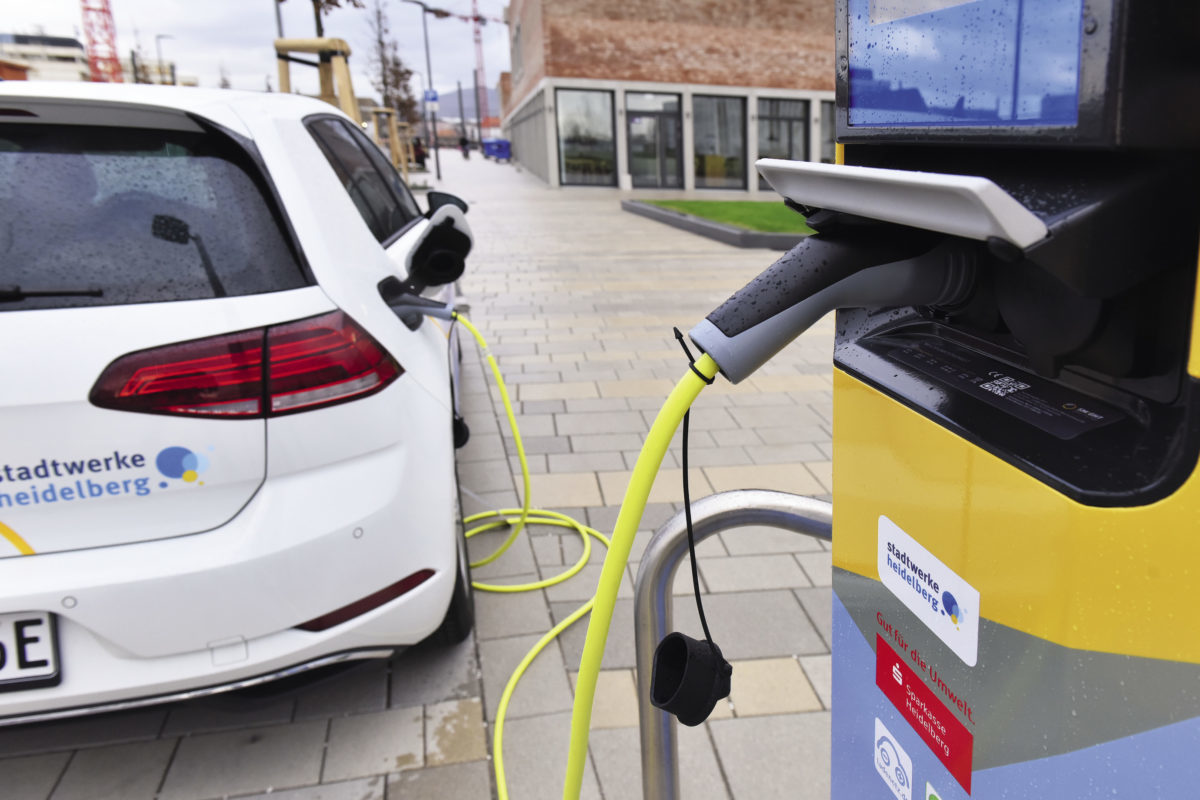
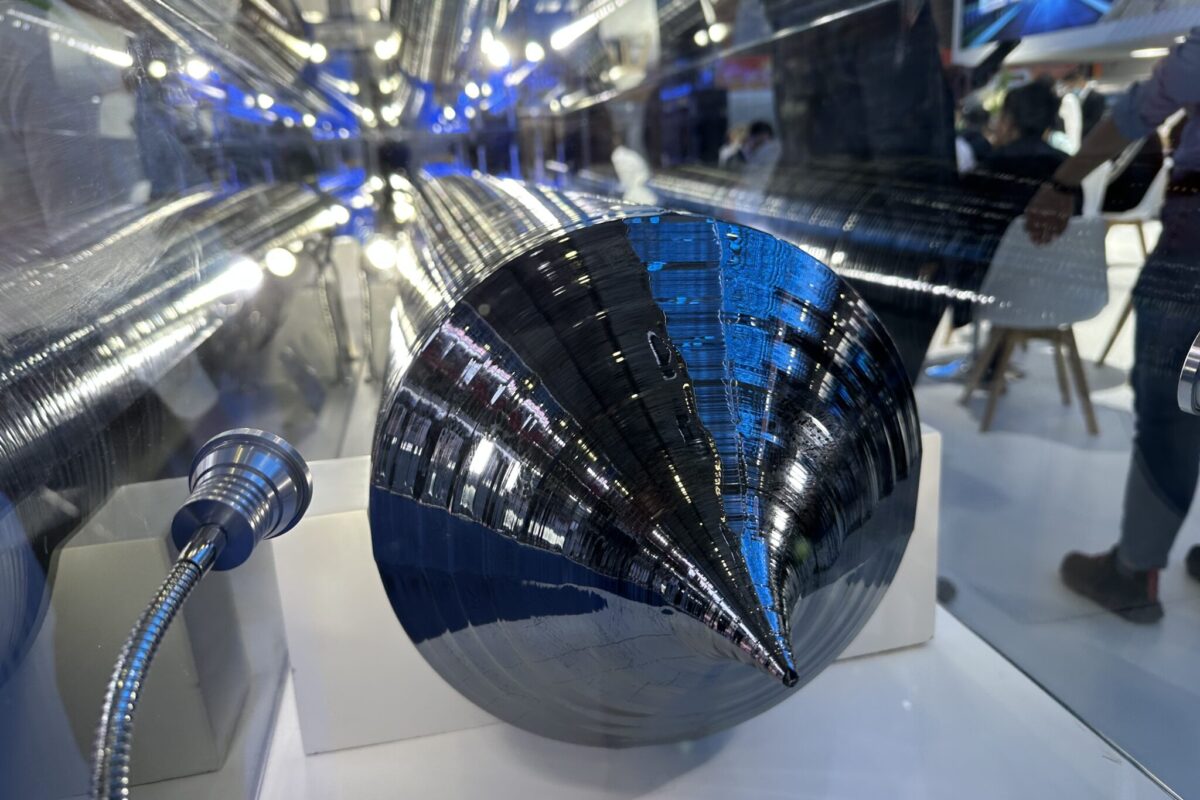


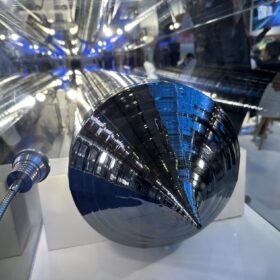
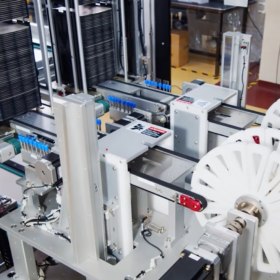

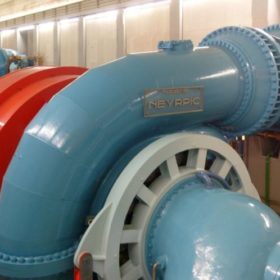
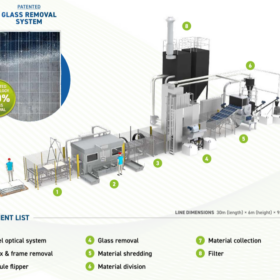
India’s target for migration to EV vehicles may not be official but selected states have already announced their road map together with strategies.
TN Government’s plan together with action is in place. The state RTC in collaboration with their principal supplier of buses, has received the first EV bus and the same is run on trial basis in a selected route in Chennai city. Commuters have been advised to use the same and voice their opinion to enable the manufacturer revise the design and make it more traveler friendly. The government has given an in principle consent to procure 300 EV buses in the next three years. Alongside the manufacturer is working on design to convert the existing Diesel engines to EV mode.
Neighbouring Karnataka’s KSRTC has tied up with the Chief supplier of buses for supply of EV Vehicles and conversion of buses procured within the last eight years in the existing fleet to EV vehicles.
Two major manufacturers of car in Chennai have advised the technicians in Service centres across India who at present look into engine, Oil and lubrication related areas to acquire and develop skill in electrical wiring and battery related areas lest they may be left high and dry in the not so distant future when their present skill and expertise get outdated.
An MNC has announced plan to set up EV charging facility in a number of locations in all district HQ of TN and Karnataka.
Initial starting and migration related problems notwithstanding, State governments and auto manufacturers have a determined mindset to migrate to EV. In three to five years from now, the landscape of vehicles plying in the road is bound to see a sea change.
Under INDC with UN, India has a commitment to restrict rise in temperature. Conversion of IC Engine driven vehicles to EV will give a major boost in accomplishing this contribution to environment.
I do not expect CEEW to be unaware of the above but if they are, they may pl note it now.
It is a good development that State Governments are taking keen interest in promoting battery powered busses. The centre of activity should be States where these are used. The comparative usage and experience can be shared by the States for faster growth and improvements. The cost of road transportation will be reduced and with reduction of fares, the public will also be benifitted.
The Governments should make the media highlight these developments from time to time.